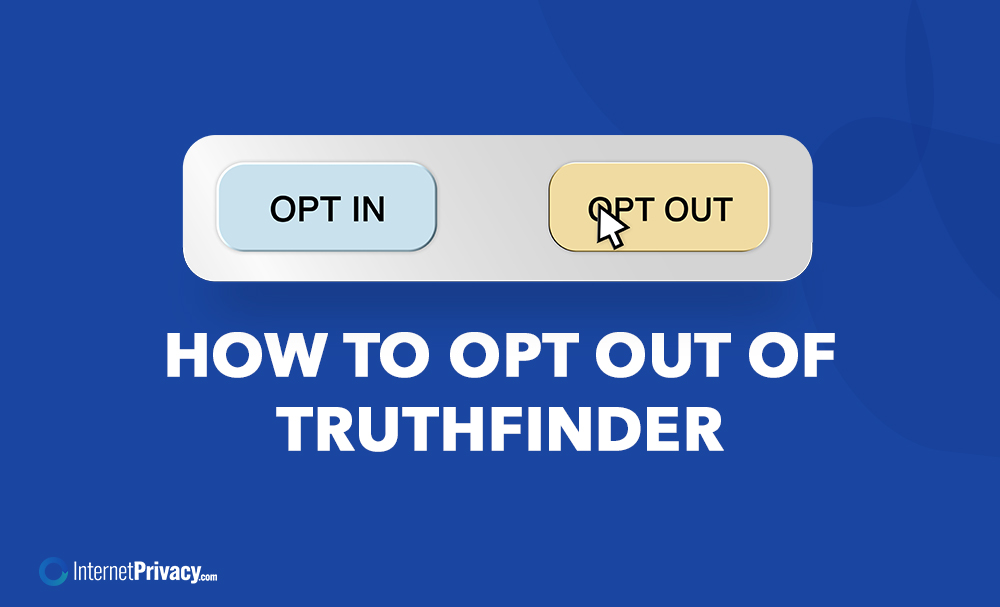Reputation Services for Brands: A Quintessential Aspect

You’re in a cutthroat market where your brand’s reputation can soar or plummet in a heartbeat. Understanding that every online review, social media post, and public relations crisis shapes your image is critical.
You’ve got to navigate this landscape with precision. By monitoring your digital footprint and investing in proactive strategies, you’ll repair and enhance your brand’s standing.
It’s time to engage with reputation services for brands. They aren’t just necessary—they’re quintessential.
Key Takeaways
- Brand reputation is built through market analysis, meeting customer expectations, and delivering quality.
- Online reviews have a significant impact on brand reputation and sales conversion rates.
- Trust is crucial for maintaining a positive online presence and increasing sales conversions.
- Managing brand image on social media and responding to perception crises requires a clear and decisive strategy.
Understanding Brand Reputation
Every brand’s reputation is a critical asset you can’t overlook in today’s competitive market. It’s the amalgamation of consumers’ perceptions and attitudes about your products or services.
Remember, reputation isn’t just about avoiding scandals or negative reviews; it’s about strategically building a trustworthy and positive image. You must analyze market trends, understand customer expectations, and consistently deliver quality to maintain a favorable reputation. It’s a complex task where every action you take and every message you send shapes public perception.
Don’t underestimate the power of word-of-mouth; it’s pivotal in amplifying your reputation, for better or worse. Prioritize transparency and authenticity, as they’re the foundations upon which lasting reputations are built.
The Impact of Online Reviews
You understand the weight online reviews carry in shaping your brand’s reputation.
Analyzing customer feedback can build trust and directly influence your sales conversion rates.
You must recognize and strategically manage these reviews to maintain a competitive edge.
Customer Trust Building
Online reviews are your brand’s trust catalysts, influencing consumer perception and buying decisions. When customers share their positive experiences, they endorse your products or services and build a foundation of credibility for potential buyers. Strategically managing these reviews is crucial for fostering trust and maintaining a positive online presence.
Consider these key points:
- Authenticity: Genuine reviews resonate more with prospective customers.
- Responsiveness: Engage with reviewers to show you value their feedback.
- Transparency: Address negative reviews honestly and constructively.
- Volume: A higher number of reviews can signify reliability.
- Recency: Fresh reviews keep your brand’s image current and relevant.
Sales Conversion Influence
Positive online reviews significantly boost your brand’s sales conversions by providing social proof to hesitant buyers. When potential customers see that others have had positive experiences with your product or service, their uncertainty diminishes, paving the way for a decision in your favor. It’s a clear-cut strategy: leverage customer satisfaction to amplify your sales narrative.
Online reviews wield a significant influence on sales conversion. Positive feedback can boost trust among potential customers, leading to increased purchases. Conversely, negative feedback risks deterring sales, potentially resulting in revenue loss. The quantity of reviews can enhance perceived credibility, indicating a substantial customer base. Additionally, the quality of reviews plays a crucial role in shaping perceptions, with well-detailed and positive reviews enhancing the brand’s reputation and encouraging consumer confidence.
Incorporate these insights strategically to optimize your reputation management efforts. Remember, each review is an opportunity to convert interest into revenue, so prioritize encouraging satisfied customers to share their experiences.
Navigating Social Media Perceptions
As you steer your brand through the dynamic realm of social media, it’s vital to manage your image to align with audience expectations strategically.
Your response must be swift and analytically grounded in a perception crisis to mitigate potential fallout.
Articulate communication is key; it’s about reacting and engaging with your audience to shape and maintain a positive brand narrative.
Managing Brand Image
You’ll find that managing your business’s image on social media is a critical aspect of reputation services for brands, where a single post can sway the perceptions of millions. In this landscape, strategic navigation is essential.
Consider these key actions:
- Monitor Continuously: Keep a vigilant eye on brand mentions across platforms.
- Engage Proactively: Interact with your audience, demonstrating attentiveness and responsiveness.
- Craft Your Narrative: Control your message through consistent, authentic content.
- Address Issues Swiftly: Tackle negative feedback head-on to mitigate damage.
- Analyze and Adapt: Regularly assess social media metrics to refine your strategy.
Perception Crisis Response
When managing a crisis, navigating social media perceptions with a clear and decisive strategy is crucial. You must be on top of the narrative, ensuring your response is swift, empathetic, and transparent. Analyze the sentiment, engage with your audience, and control the message.
In managing a crisis, a phased approach is essential. In the immediate phase, the first action item is publicly acknowledging the issue. This helps prevent the spread of misinformation and provides transparency. During the engagement phase, responding to concerns with empathy is crucial as it builds trust and demonstrates accountability to the affected parties. Finally, in the resolution phase, sharing the steps taken to rectify the situation reinforces the brand’s reliability and demonstrates a commitment to resolving the issue effectively.
Employ this table as a roadmap to turn the tide of public opinion. Remember, in the digital age, your response can amplify a crisis or be your stepping stone to recovery.
Crisis Management Essentials
In managing your brand’s reputation, it’s crucial to have a robust crisis management plan in place to address any issues that arise swiftly. Strategic foresight allows you to navigate through turbulent times with confidence. Here are key components that should form the backbone of your crisis management strategy:
- Rapid Response Protocol: Implement a clear, concise action plan for immediate response.
- Stakeholder Communication: Maintain open lines of communication with all stakeholders.
- Media Management: Control the narrative by managing media interactions effectively.
- Impact Assessment: Evaluate the situation’s implications to strategize accordingly.
- Recovery Roadmap: Develop a path to restore brand image and customer trust post-crisis.
The Role of Public Relations
Having established a strategic approach to crisis management, you must recognize that every aspect of your public relations campaign can significantly influence your brand’s reputation. Your PR efforts aren’t just about disseminating information; they’re about shaping perceptions and building trust.
You’ll need to analyze the media landscape and tailor your message accordingly, ensuring it resonates with your target audience and aligns with your brand values.
Engage with influencers and stakeholders who can amplify your message and lend credibility to your brand. Monitor feedback and respond swiftly to any negative sentiments, using them as opportunities for improvement.
Monitoring Digital Footprints
Why stop at just shaping perceptions when you can actively track your brand’s digital footprint to gauge the direct impact of your PR strategies? Monitoring your digital presence isn’t just about vanity—it’s a strategic necessity. It allows you to be analytical and articulate about your brand’s narrative in the online ecosystem.
Here’s what you need to keep tabs on:
- Social Media Conversations: Engage with and analyze customer sentiment.
- Online Reviews and Ratings: Assess and strategize around public feedback.
- Media Mentions: Track where and how your brand is being discussed.
- Search Engine Results: Understand your visibility on crucial search terms.
- Web Traffic Analytics: Dive into the data to see how digital campaigns perform.
Each point provides valuable insights, helping you refine your strategies and enhance your brand’s reputation.
Engaging Reputation Repair
When your monitoring efforts reveal tarnished aspects of your brand’s image, it’s time to engage in proactive reputation repair. Addressing negative perceptions swiftly and strategically is crucial to mitigate damage. Analyze the root causes and craft a response plan that’s both transparent and effective.
In the process of reputation management, there are three key stages. First, in the assessment stage, the action item involves identifying the sources of negative feedback. This helps bring clarity to the reputation issues at hand. Second, in the strategy stage, the task is to develop a tailored response plan, providing a framework for repairing the brand’s image. Finally, in the implementation stage, executing the planned communication and actions aims to restore trust and ultimately improve the perception of the brand.
Your focus should be re-establishing trust and reinforcing your brand’s commitment to excellence. Remember, reputation repair isn’t just about damage control—it’s an opportunity to strengthen your brand and its values.
Investing in Proactive Strategies
You’ll find that investing in proactive reputation strategies helps prevent crises and fortifies your brand’s standing in the market. A strong, positive reputation doesn’t happen by chance; it results from careful planning and deliberate actions.
Consider the following tactics:
- Consistent Brand Messaging: Ensure your brand’s values and messages are clear and consistent across all platforms.
- Customer Engagement: Actively engage with customers to build relationships and encourage positive reviews.
- Content Creation: Develop valuable content that reflects your brand’s expertise and commitment to quality.
- Monitoring and Response: Keep a vigilant eye on brand mentions and respond promptly to feedback.
- Community Involvement: Invest in community projects and social initiatives to showcase your brand’s social responsibility.
These measures create a buffer against potential threats and build a reservoir of goodwill you can draw upon in times of need.
Conclusion
In conclusion, you must vigilantly safeguard your brand’s reputation. Online reviews and social media shape public perception, making it crucial to manage your digital footprint actively.
Employ strategic crisis management and public relations to mitigate potential damage. Don’t wait for issues; invest in proactive strategies to fortify your brand’s standing.
Remember, in today’s digital landscape, a robust reputation isn’t a luxury—it’s necessary for your brand’s survival and success.
=> If you found this article useful, you might also enjoy:
–https://www.internetprivacy.com/the-positive-impact-of-affordable-reputation-management/
–https://www.internetprivacy.com/protect-privacy-remove-images-google-search/
–https://www.internetprivacy.com/achieve-brand-excellence-with-reputation-management/
–https://www.internetprivacy.com/permanently-remove-yourself-google-search/
For more, visit our blog!





